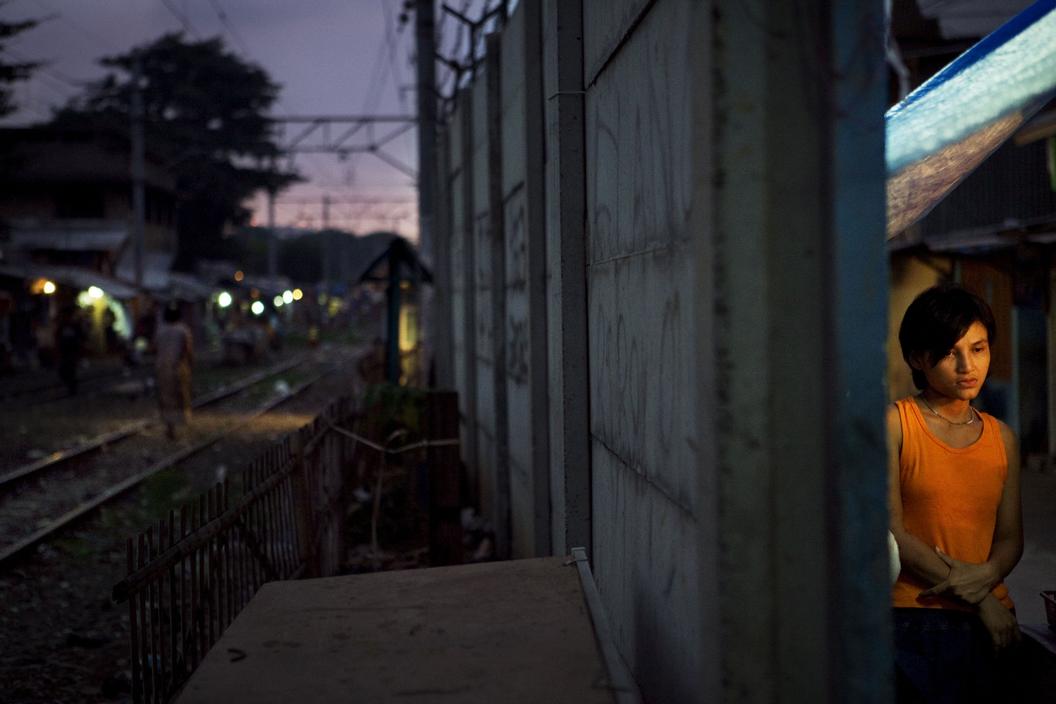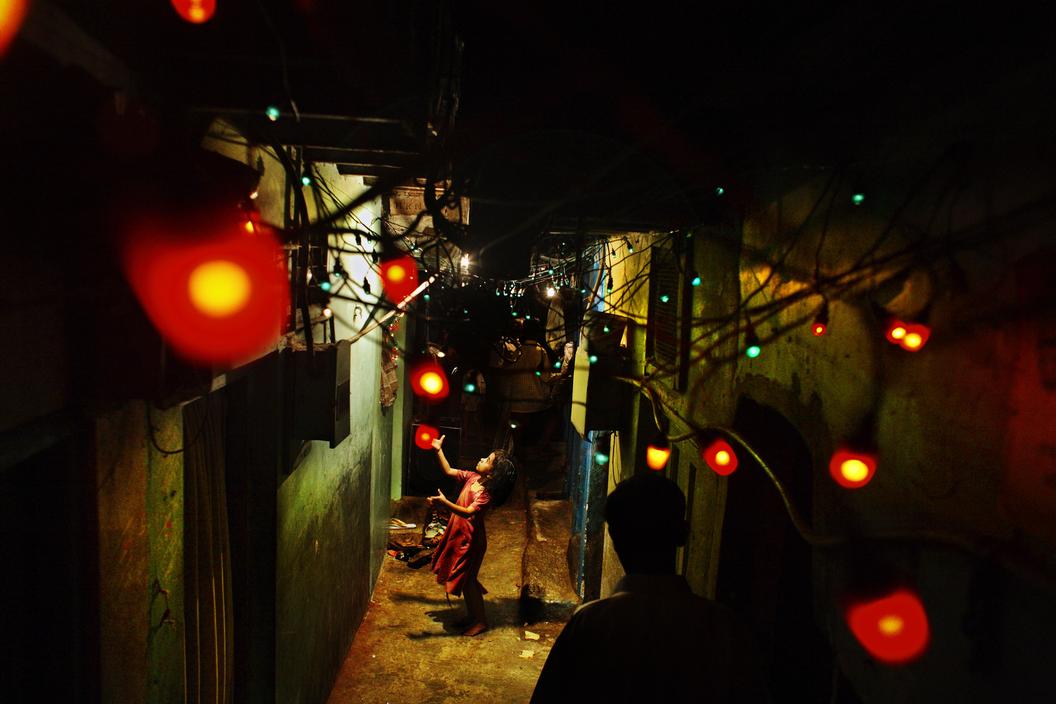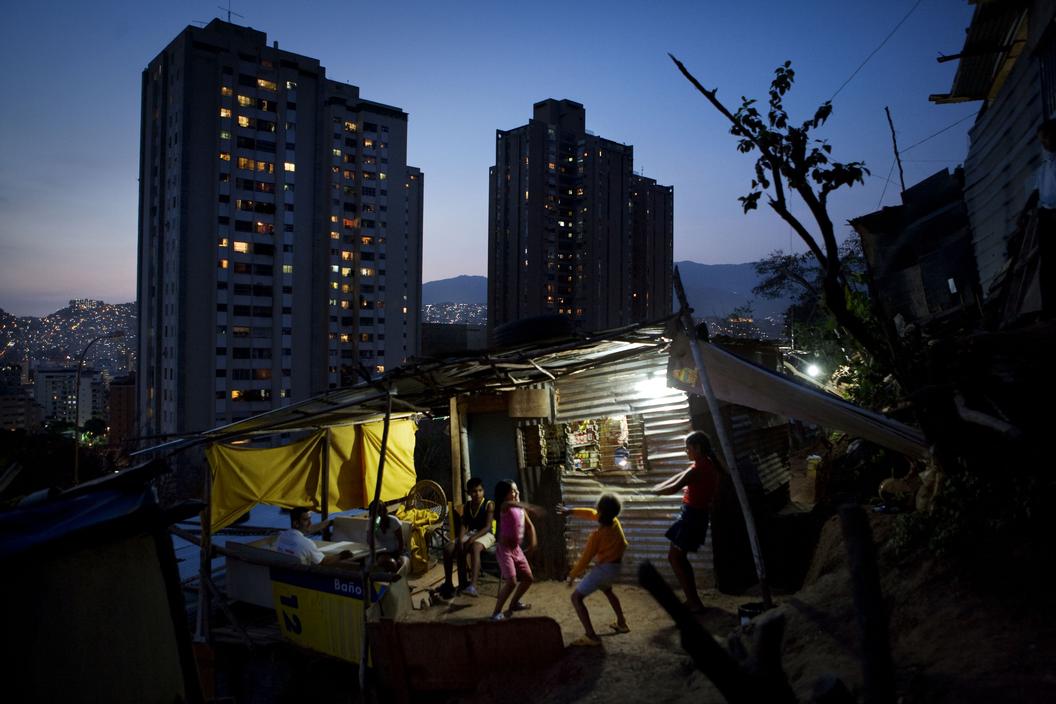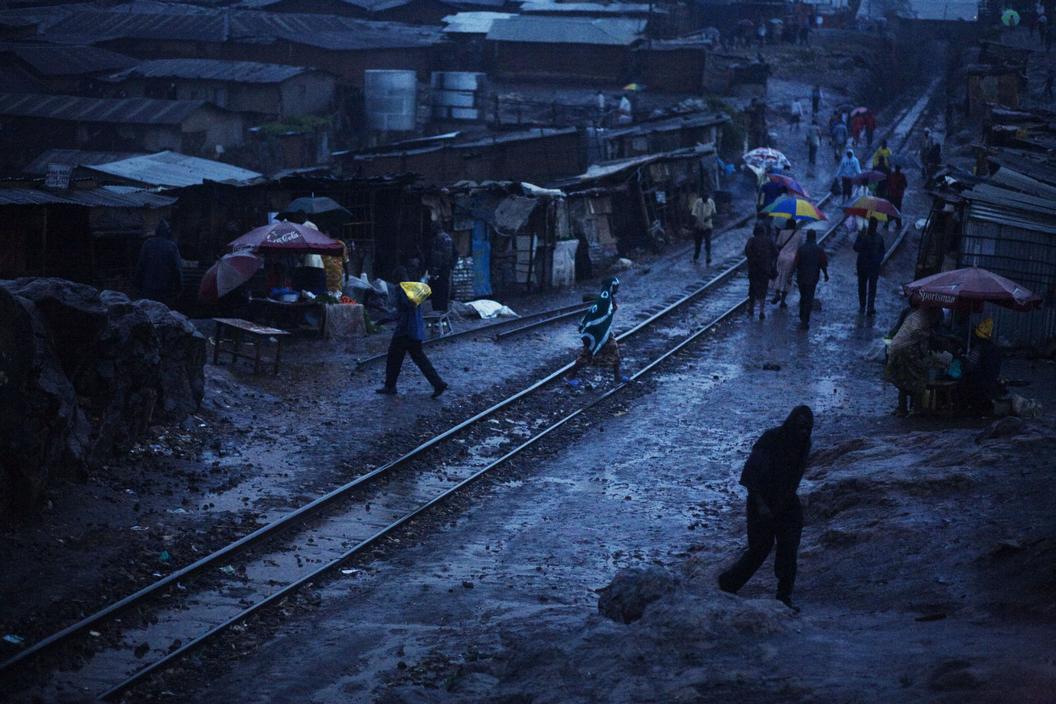 Mumbai, India, 2006. A photographic reconstruction of the Shilpiri household, from Magnum photographer Jonas Bendiksen’s book The Places We Live. In the book’s introduction, Philip Gourevitch writes,
Mumbai, India, 2006. A photographic reconstruction of the Shilpiri household, from Magnum photographer Jonas Bendiksen’s book The Places We Live. In the book’s introduction, Philip Gourevitch writes,
To see these lives, you must enter their space, and Bendiksen leads you in. . . . This is how we live: a billion of us in a billion different ways. These photographs have surmounted the most debilitating aspect of how we perceive poverty, the vocabulary of grinding sameness by which lives of little means are conventionally described.
. . . There is no denying that Bendiksen’s photographs are not simply documents or evidence of our times, but rather their power resides not only in the information they communicate but in the manner in which they communicate it—formally, aesthetically, dramatically.
Bendiksen explains the story behind the book’s photos:
Between 2005 and 2007, I spent many months in the slums of Nairobi, Kenya; Mumbai, India; Jakarta, Indonesia; and Caracas, Venezuela, trying to glean an understanding of what daily life is like for the people who live there. The neighbourhoods pictured in this book are some of the densest places on earth. Cramped homes, often just a single room, provide little privacy for their occupants. Encapsulated in these spaces are complete domestic universes, everything a family owns. Here, the improvised wallpapers, self-built furniture, knickknacks, and memorabilia form clues to what it means to be an urban citizen in the twenty-first century. I photographed each of the four walls in every home I visited. The residents of each home appear in one of these images.
‘Tell me about life here,’ I said. I hoped that they would talk about whatever they felt like—their homes, families, dreams, hopes, jobs, frustrations, or fears. This book is a collection of their voices and reflections on living in the world’s fastest-growing human habitat—the slums. These are the places we live.
 Jakarta, Indonesia, 2007. Street vendor in Tanah Abang, a slum area that hugs several commuter railway lines.
Jakarta, Indonesia, 2007. Street vendor in Tanah Abang, a slum area that hugs several commuter railway lines.

Mumbai, India, 2006. A little girl playing in Laxmi Chawl, a neighbourhood of Dharavi. The little lightbulbs are put out for an upcoming neighborhood wedding.

Caracas, Venezuela, 2007. New squatter settlements on a hillside in north Caracas.

Nairobi, Kenya, 2005. Scenes from Kibera, Africa’s largest slum, where almost one million people live on less than a square mile.
In Nairobi, Andrew Dirango tells Bendiksen about his life:
After I finished my courses here in Nairobi, I worked for British Airways and was doing quite well. But I lost my job and still have to live in the ghetto and move on with my life. I struggle. I have one daughter and my wife—I have to work hard and live with difficulties, with neighbours who have different thoughts. I can remember, during my first year with British Airways, I worked night shifts and returned home after midnight. One night, I was dropped off by car and walked a few steps. Suddenly, someone kicked me. I was down on the ground; then I saw someone coming toward me, right at me, with a knife. I screamed, God! I was beaten. They took my phone and my ID. I screamed for almost five minutes, but everyone was quiet in their houses.
After that I started living in fear. You never know what is going to happen. That’s how it is in the ghetto. I cannot say whether this is a bad life or a good life.
Published by Aperture, The Places We Live is an exceptional book, although it’s hard to find. But you can view more photos on the book’s website, or the Magnum site for the 2010 exhibition in Amsterdam.




